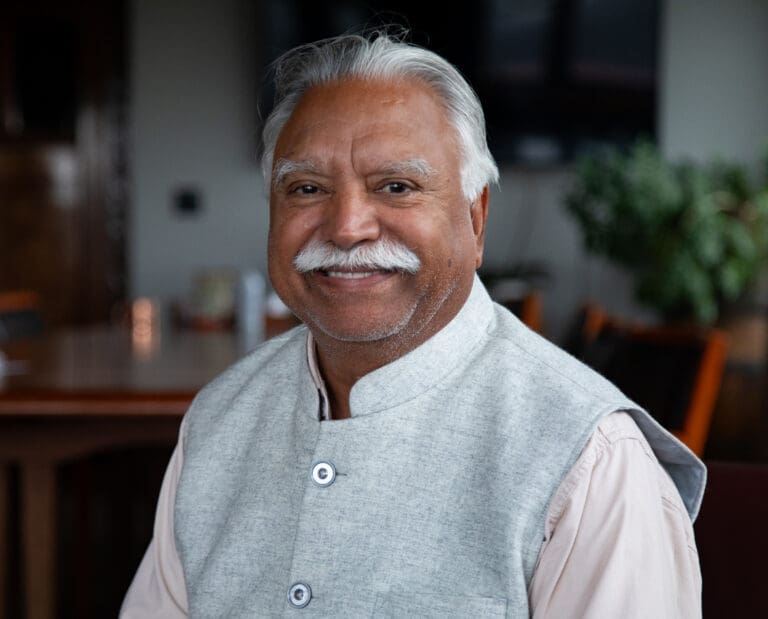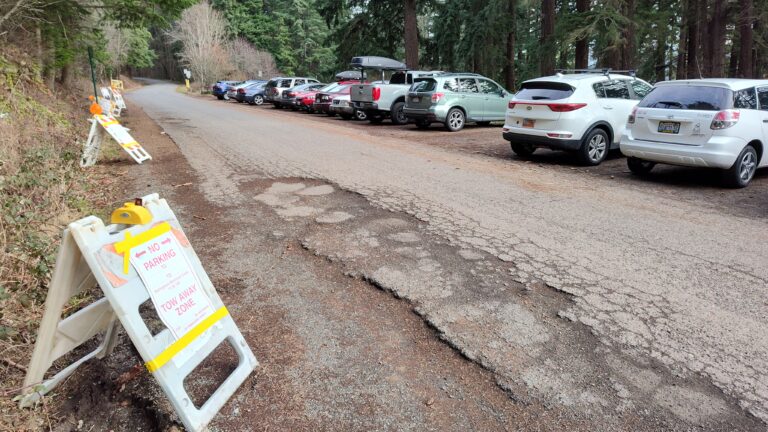Editor,
I’m writing because of the latest ordinance of the City of Bellingham amending Bellingham municipal code chapter 10.08 regarding the use of controlled substances in public places.
I believe this will harm people because it targets the unhoused. There is nowhere for them to get treatment, and living on the street is rough and uncomfortable, and many people turn to illicit substances for comfort. As we know by now, addiction is a disease, not a moral failing. Unhoused people do not have a home to use their drugs privately, and when they try to make a private space in the woods, they are swept away and moved along instead of being provided with basic sanitation services, such as needle collection bins, trash cans and public toilets.
Having a safe space to use, test and inject drugs in a sanitary manner until they can be housed and treated is what we should do instead of this. The problem is not drugs and trash, it’s the lack of services, income-based and affordable housing, and an available inpatient treatment center. There is only one low- or no-barrier shelter in Bellingham and it’s congregate and religious, and many in the unhoused community will not use a congregate shelter for one reason or another.
Criminalizing this behavior simply makes it even harder to get to a place where they can get sober, housed or employed. It adds one more thing to their record that they will have to explain and for which they will likely face discrimination.
Sarahbeth Bede
Riveters Collective VP
Bellingham
Editor,
Re: “Bellingham offers Earth Day educational and volunteer opportunities,” April 17.
As developed nations, we are rightfully expected by the non-developed world to make the first meaningful moves on decarbonization, since we’ve done the most polluting, thus environmental damage.
Many people are fleeing global-warming-related extreme weather events and/or chronic crop failures in the southern hemisphere, widely believed by climate scientists to be related to the northern hemisphere’s chronic fossil-fuel burning, beginning with the Industrial Revolution.
Every day of the year really needs world Earth Day action — with a genuine, serious effort and not just brief news-media tokenism or dismissal.
Obstacles to environmental progress were quite formidable pre-pandemic. But COVID-19 not only stalled most projects being undertaken, it added greatly to the already busy landfills and burning centers with disposed masks and other non-degradable, biohazard-protective, single-use materials.
Also increasingly problematic were/are the very large populace too tired and worried about feeding/housing themselves or their families while on insufficient income to worry about the environment, however much it’s needed.
Meanwhile, consumers continue throwing non-biodegradables down their garbage chutes or flushing pollutants down toilet/sink drainage pipes.
Then there are the toxic-contaminant spills in rarely visited wilderness.
Societally, we still discharge out of elevated exhaust pipes, smokestacks and, quite consequentially, from sky-high jet engines like it’s all absorbed into the natural environment without repercussion. Clearly, it isn’t, but out of sight, out of mind, right?
Frank Sterle Jr.
White Rock, B.C.
Editor,
Talk about animal cruelty. The Washington Department of Fish and Wildlife (WDFW) reports 10% of the elk, likely over 300 elk in eastern Skagit County, are infected with a highly contagious hoof rot disease. In 1999, elk hoof rot was discovered in the Mount Saint Helens elk herd.
Why in 2003–05 would WDFW import 85 elk from this infected Mount St. Helens herd into eastern Skagit County knowing about the deadly elk hoof rot infestation? Why after 20 years is WDFW still allowing elk to die a slow, painful death by immobility, starvation and dehydration with some elk literally eaten alive by predators?
Why is WDFW allowing these infected elk to continue to spread the disease onto our Skagit farms and to our livestock knowing the disease lives in wet soils and is easily transferred to livestock or other elk? Why isn’t WDFW being charged with animal cruelty?
Aileen Good
Sedro-Woolley
Editor,
I wonder how many of us lucky homeowners are aware of the daily insecurities facing our fellow citizens in the rental market. It’s rare these days to rent from the property owner. The majority of rental housing is apartments, which are administered by a variety of property management companies.
Imagine somebody with limited resources trying to secure housing, find an apartment, contact the management firm and pay a $100 nonrefundable application fee. This $100 does not grant them a lease, it just allows them to apply. On top of that, this fee is only good for 30 days. After that, they have to pay another nonrefundable $100. Then if they apply to multiple management firms, they have to pay multiple nonrefundable fees.
So a renter in Bellingham can rack up hundreds of dollars before having to pay multiple thousands just to secure basic, overpriced housing.
This extortion practiced on desperate people shouldn’t be allowed. I call on our civic leaders to regulate these unfair predatory practices.
Affordable housing needs to be a human right, not a commodity for corporate profit.
Ron Pattern
Bellingham
Editor,
There are many actions that can be taken to improve housing in our community. It’s important that we support them all. We are in a real crisis and that is why we are seeing this multi-pronged approach.
(1.) Initiative No. 2 from Community First: This measure protects renters from extreme price gouging by requiring landlords to pay relocation assistance to tenants they displace through a massive rent increase (8% or more).
(2.) Local development utilization of county economic development investment (EDI) funds: Help finance affordable housing on e.g. King Mountain (North of Bakerview) in collaboration with the City of Bellingham.
(3.) Efforts to change zoning: There are state and local permitting barriers to construct housing, as mentioned by Sen. Sharon Shewmake.
(4.) Efforts to control rent: State Rep. Alex Ramel sponsored a measure to allow communities to control rent.
As a candidate for Whatcom County Council, I also support a new idea recently proposed by Paul Schissler to utilize the county’s EDI Fund to bank developable land for affordable housing.
These efforts are at the city, county and state level. These measures complement each other and will significantly impact our housing crisis, and they all need to prevail along with other policies that support livability like wages, health care, etc.
In housing as well as other areas we need to: first, track the evolving wants and needs of the community; then, pass policies that meet these needs; and, finally, audit the effectiveness of these policies in meeting the community needs.
Atul Deshmane
Bellingham
Editor,
In the election last November, voters in the 40th and 42nd districts, which include Whatcom, San Juan and parts of Skagit counties, preferred Democrats in the state legislative races: 71% Democrat to 27% Republican (40th), 51% Democrat to 49% Republican (42nd). The Democrats with this moderate vote majority hold all six legislative seats; the Republicans with a significant minority hold none.
The disconnect between votes cast and resulting representation is common nationwide. Voters whose preferred party benefits from these disconnects are less likely to see a problem than voters whose party doesn’t. The disconnects are largely due to one or both of two factors: districts represented by a single legislator and legislators elected in winner-take-all elections.
For a broader perspective on the lack of proportionality between voters and representation, imagine the 40th and 42nd were combined into a single district. In reality, each has two representatives and one senator. Suppose the imagined combined district has four representatives and two senators. Further, suppose all candidates irrespective of party run for the four representative seats in a single election — the top four are elected. Candidates for the two senate seats run in a similar election — the top two are elected.
This hypothetical scenario (to illustrate, not necessarily advocate) would probably result in better, more proportional representation than we have now. A moderate majority would be unlikely to get most, perhaps all, representation. And a significant minority would be more likely to get at least some.
This scenario may sound unworkable, but in many places, it’s not. Portland recently voted to expand its city council from five to 12 members, three from each of four districts elected by ranked choice. Although variations exist, many modern democracies have legislatures based on multi-member districts and ranked-choice elections. It’s not surprising they represent voters more proportionally than legislatures based on single-member districts and winner-take-all elections.
John Whitmer
Bellingham



